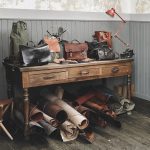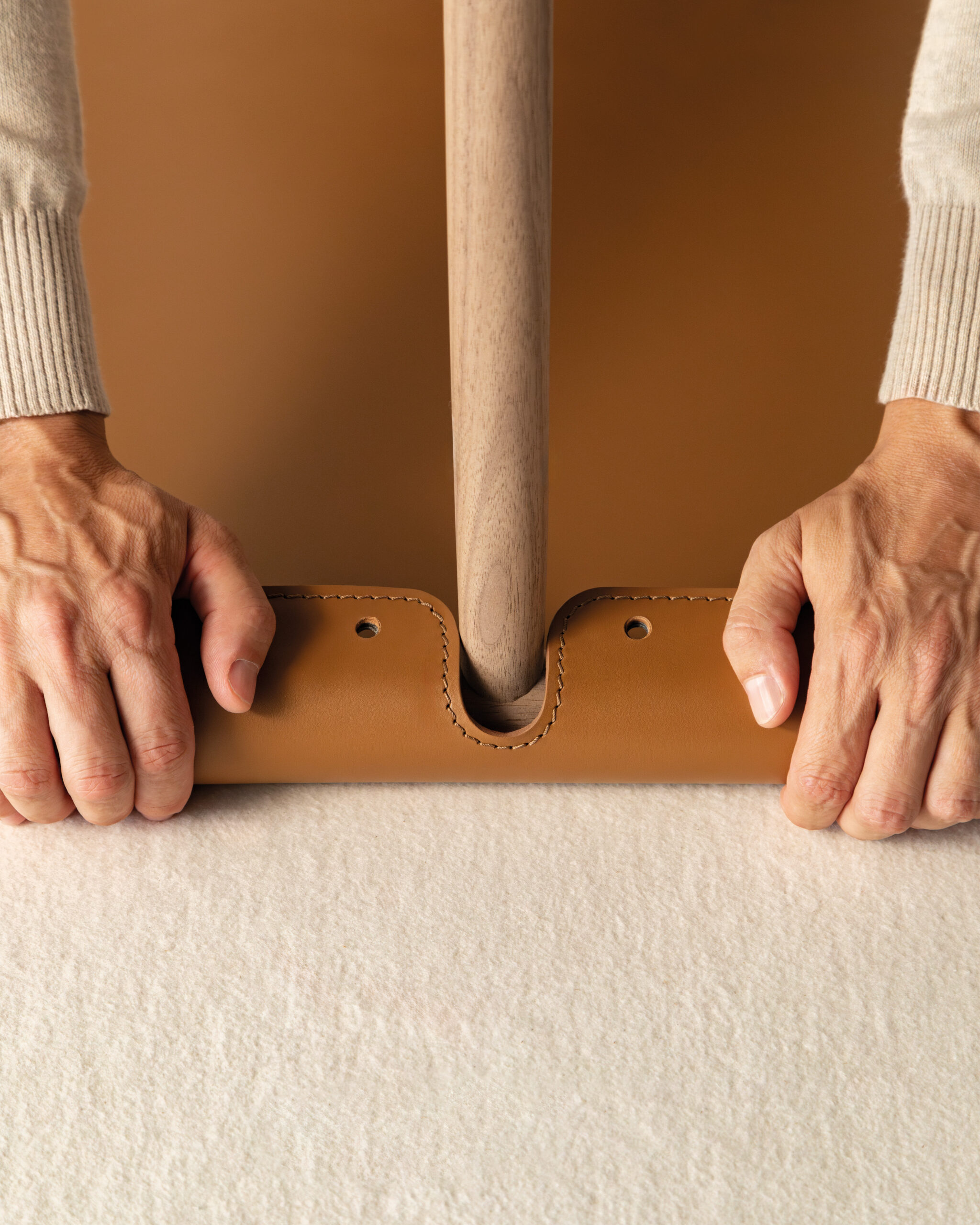
Luchino Chair Flexform
Directing the Scenes of Life
Consciously or unconsciously, with its plot twists, cameos, and storylines, each of us is the director of the movie of our life. In our story, there are characters who come and go, and problems that arrive and depart, leaving behind a few treasured lessons. Throughout the duration of the film, we strive to make our character’s arc as non-linear as possible, with emotions and experiences being intense and memorable, both in moments of sorrow and in those of joy and laughter.
This might have been how Antonio Citterio (Meda, Italy, 1950) envisioned the initial sketches of the Luchino chair, as an object from which to observe different scenes of life. A companion that we could carry with us when changing settings as necessary. The folding chair, an object of proven functionality, has a history spanning millennia. Initially used as a field chair, over time and with the expansion of the film industry, it became established as the director’s chair, due to its ease of transport from set to set.
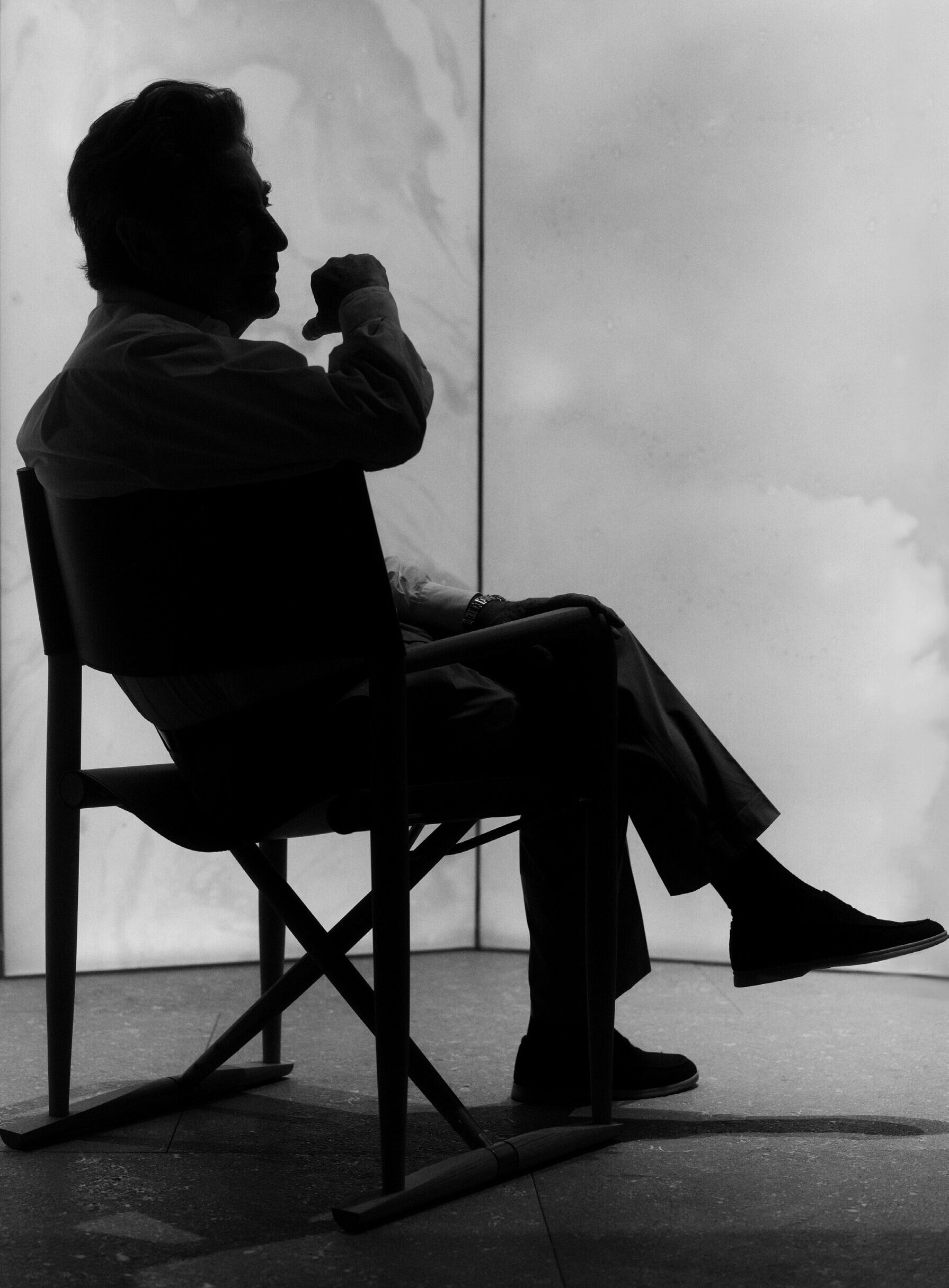 Photo by Mattia Parodi.
Photo by Mattia Parodi.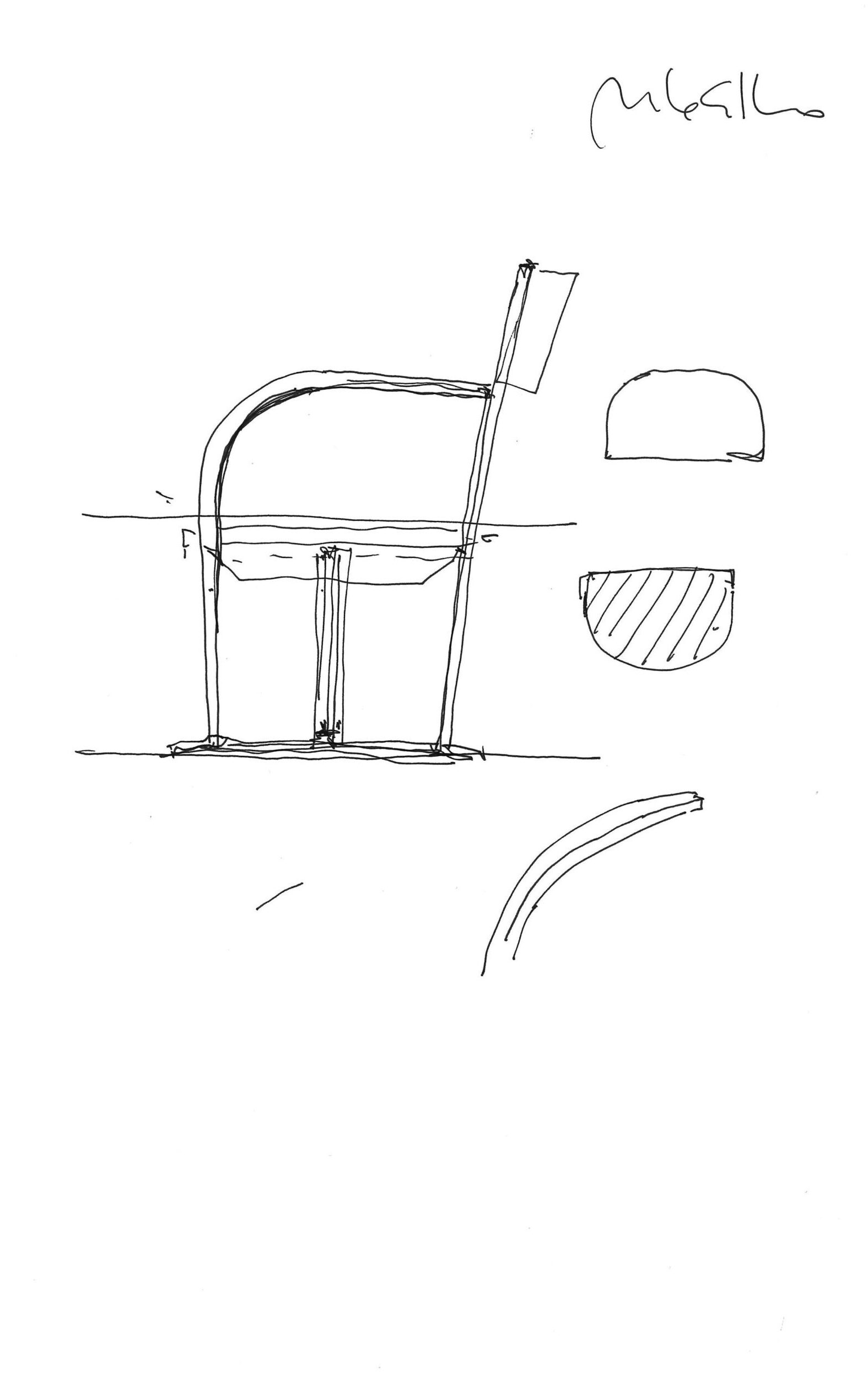
Although it may seem simple at first glance, upon closer inspection, the Luchino chair reveals the sophisticated craftsmanship of the wood and the meticulous attention to detail in the metal fittings that regulate the folding mechanism of Antonio Citterio’s bold design. Solid wood, metal, and cowhide leather are masterfully combined. The metal supports are essential in the folding mechanism, as they regulate the rotation relative to the crossbars and determine the seat height.
Once the wooden structure is completed, the cowhide leather backrest and seat are added. The leather is cut according to the lines of a custom template and then sewn onto the chair’s frame. The backrest slides into the uprights, while the seat is fixed at the appropriate points to ensure the right grip on the wooden structure’s contours.
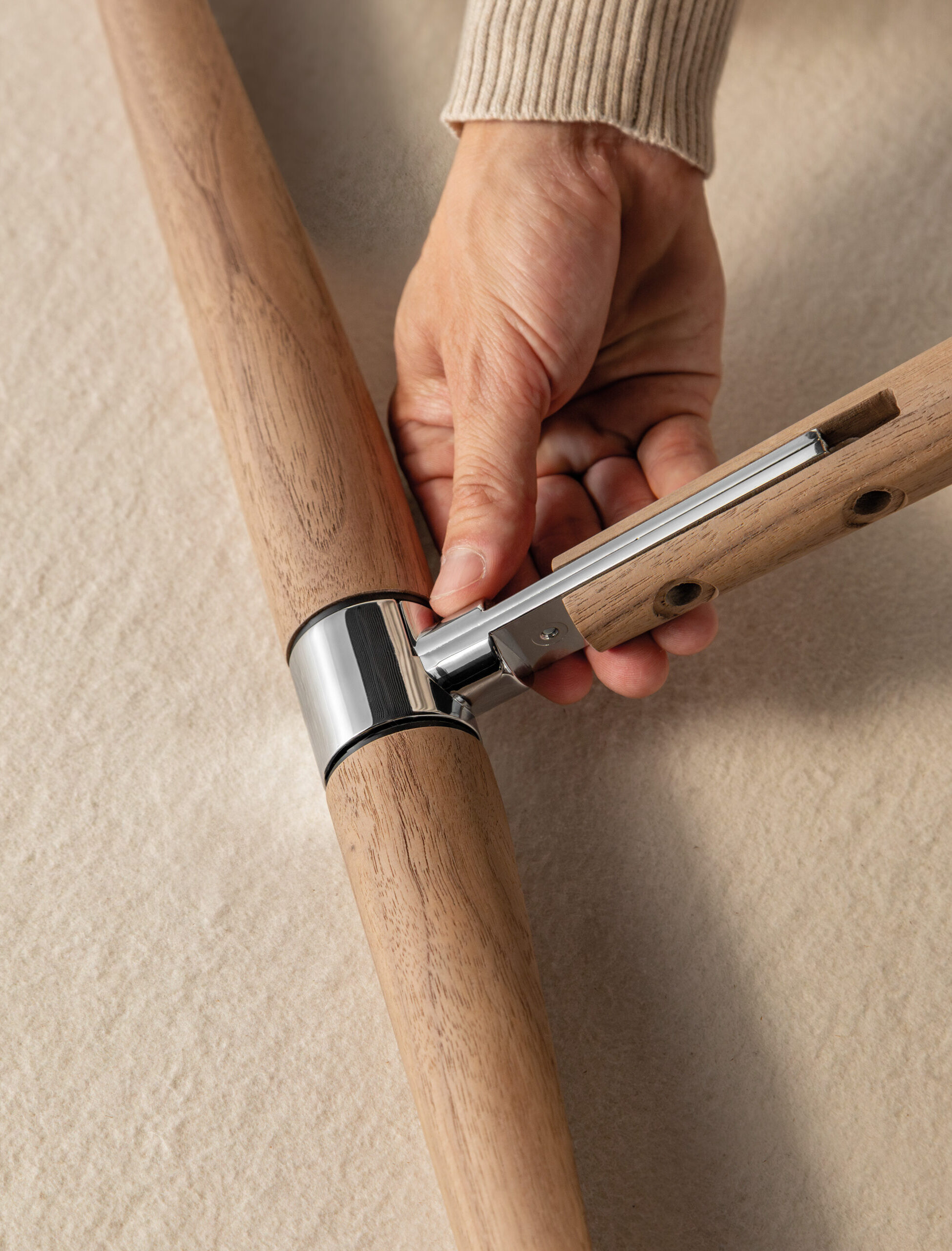
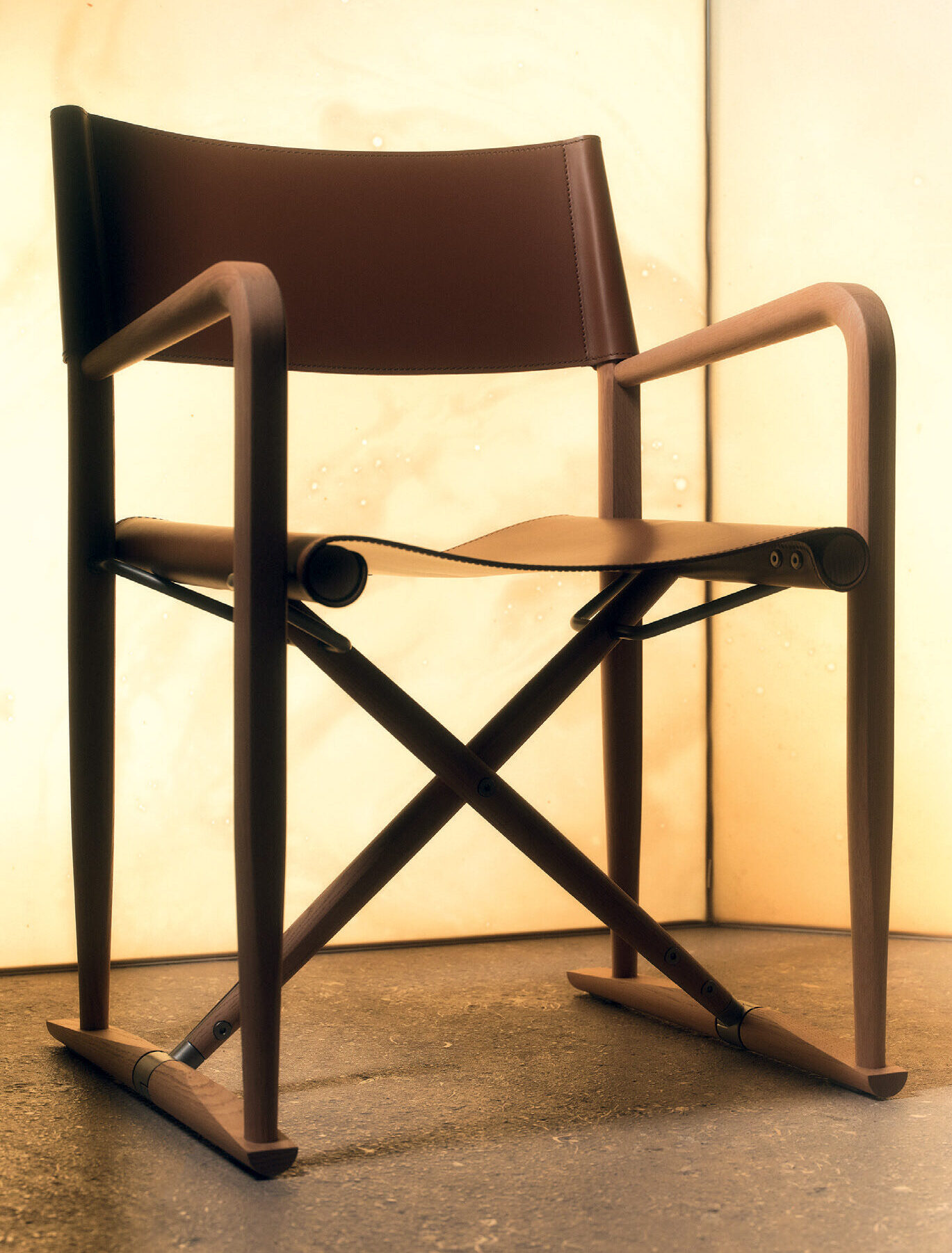 Photo by Mattia Parodi.
Photo by Mattia Parodi.“For a long period, the category of folding chairs, with their light weight and practicality, has been the subject of studies and technological advancements. I love the industrial simplicity reflected in some post-war rural chairs. At Flexform, we chose to honour this history with a modern product that combines turned wood, metal alloy joints, and high-quality leather. This fusion recovers a connection of elements that take us back to this tradition,” summarises the piece’s author in the narration that concludes the final scene.

